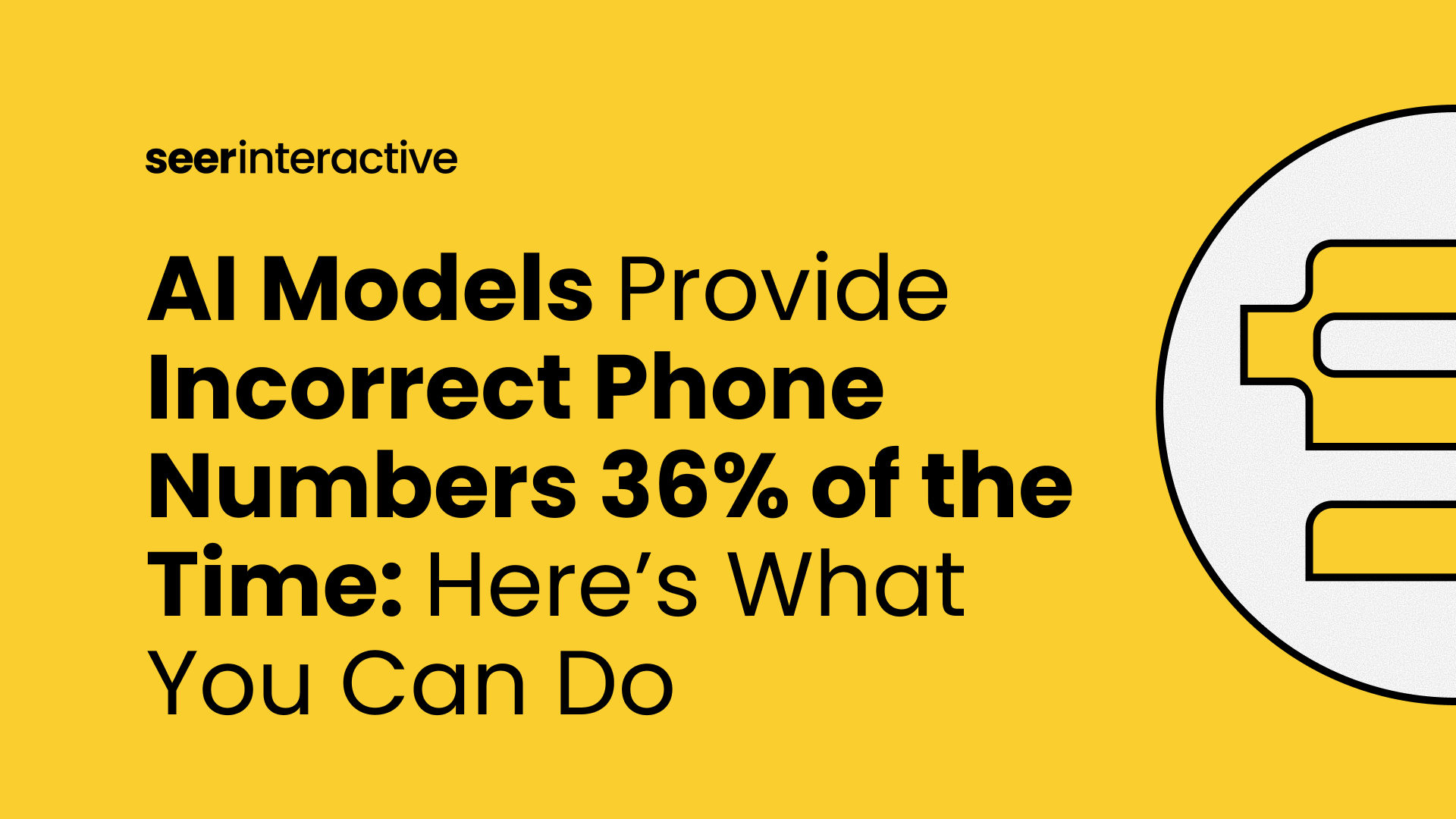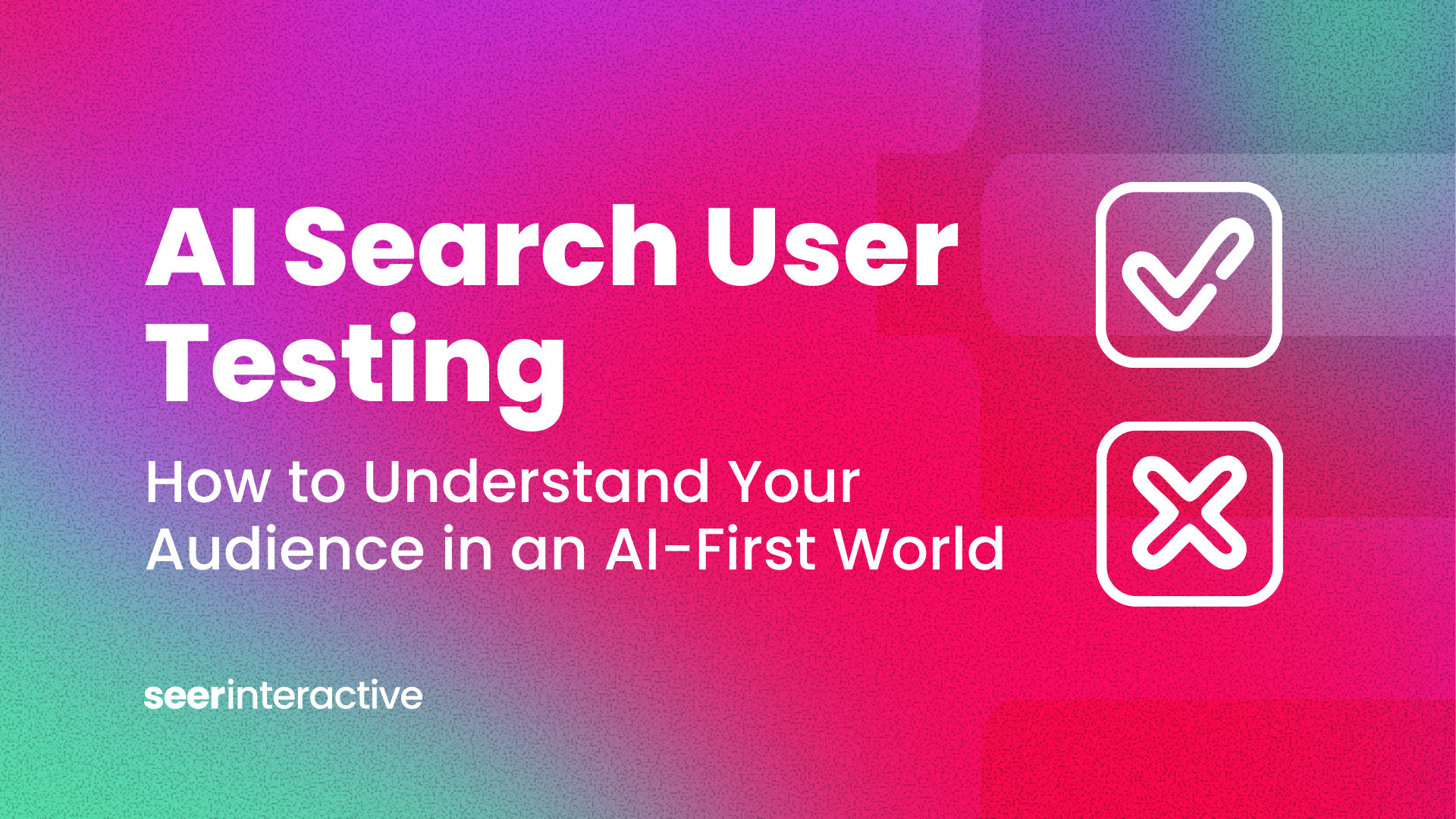Fact: Most marketers live in docs. Kickoff notes, meeting recaps, SOWs, strategy decks, creative briefs... the list is endless. So when it’s time to remember that one thing we talked about in that one meeting, what we agreed on in the last campaign when we came across this problem, or prep for the next big kick off, it all blurs together.
NotebookLM is Google Lab’s response to that problem. An AI notebook that employs Gemini to do the heavy lifting across all of those sprawling docs and notes and conversations.
It used to be “there’s an app for that”. Now, “there’s an AI for that”, and it’s just as hard to tell what’s actually useful or just another way to spend time and call it intelligent.
NotebookLM, from my experience, falls in the actually cool and useful bucket. And I personally use it to save time, avoid faux pas, and show up prepared as a project manager.
Simple Use Cases, Significant Impact: Practical Ways to Incorpoate NotebookLM into Your Workflow
1. Find Campaign Changes Fast Without Digging Through Emails
Use Case:
You reallocated investment from brand to paid, but now you need the details for reporting to show the why and the how. These changes are usually opportunistic, which means they’re probably not in the strategy docs, BUT they are important changes you need to both track, and speak with confidence about how you’re staying agile in your strategy.
So, Instead of searching Slack, inboxes, or Wrike, ask NotebookLM:
“When did we shift time from X to Y?”
“What was the reason for the reallocation?”
As a project manager across digital marketing teams, decisions like this are made regularly. Here’s how I prompt and tackle that:

Why it matters:
- Makes reporting easier
- Reduces dependency on memory or version control
- Keeps your campaign decisions and timeline transparent (*and easy to point back to!)
2. Extract Insights Instantly (Even If You Weren’t in the Room)
Use Case:
You’re picking up a project or campaign that another team scoped, planned, maybe even started. Marketing leaders often struggle with when to shift teams and projects around or when to bring people in – sometimes too many cooks in the kitchen is not the right answer. On the flip side, oftentimes you could use the help, but the ramp time to get up to speed is too long to realize value in time.
Now, teams, partners, and other stakeholders can simply ask:
“What are the goals?”
“Any key info from kickoff I should know?”
“Is this project experiencing any challenges”
I’m often getting started on projects after initial scoping meetings and, in my role, it’s critical that I make this as seamless as possible during a kickoff. Here’s a prompt I use every time.

Why it matters:
- Onboards new team members faster
- Catches strategic inputs early
- Prevents misalignment down the line
3. Stay Updated with Live Meeting Notes, No Manual Recaps Required
Use Case:
Meeting mayhem. Meeting to prep for meetings. Meetings about meetings that took place. Am I right or am I right?
Link rolling agendas or note docs into NotebookLM. Each week, you can ask:
“What did we commit to in last week’s meeting?”
“Any red flags flagged by [the team] in May?”
“What’s the one thing we need to align on in today’s meeting?”
As a project manager, I have a lot of meetings. They are “the thing” that I absolutely must get right. Priorities, deliverables, open questions, small-but-important requests, timely opportunities, they’re all managed through strong communication and are often deep in the details.

Why it matters:
- Keeps you current across fast-moving conversations
- Reduces need to manually re-read or recap
- Gives the whole team a searchable meeting memory
4. Track Preferences and Nuance For Strong Alignment
Brand quirks or nuanced ideas don’t always make it into the brief. Maybe we all agreed “we hate this word” or “we want everything to feel editorial and not to ad-like”. These ideas often come out conversationally, mid-call, with no clear “action”... but are expected to be remembered and followed.
Track those passing comments that are crucial to keeping everyone aligned, happy, and delivering quality campaigns, ideas and work. You can ask:
“What preferences has [the team] mentioned in meetings?”
“Have they pushed back on any terminology?”
“Have they expressed concerns or dislikes about past campaigns?”
I’ve used this to check for red-flag phrases or double-check how a client described their brand voice before kicking off a copy review or presentation.

Why it matters:
- Builds trust and alignment, so the team can focus on outcomes
- Avoids slip-ups that break rapport
- Creates a living memory of preferences, style, and needs
All the Inputs. Now the Insight.
You already have the inputs. NotebookLM isn’t just for Google Docs, throw in text, link YouTube videos, and more. NotebookLM just helps you make them manageable and useful.
I’ve shared some prompts I use as a project manager, but they even have you covered there with some pretty solid suggested prompts.

Whether you’re a digital marketer managing campaigns, a leader overseeing many different teams, or an events manager running field events across territories, this is a game-changer that cuts through the stuff and makes sense of the hard work you’re already doing.
Curious to chat more about how we’re using AI tools to help marketing teams do more, smarter? Let’s chat.


